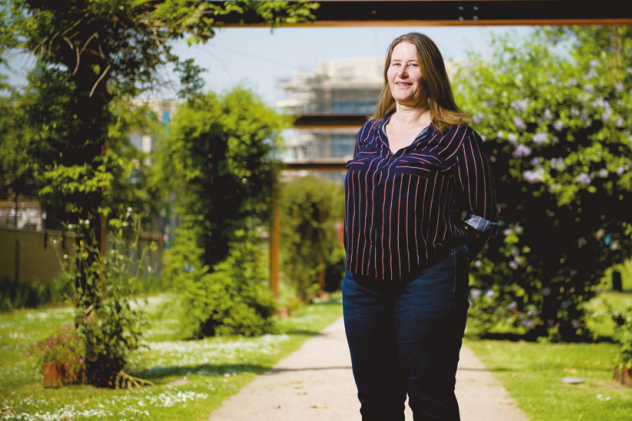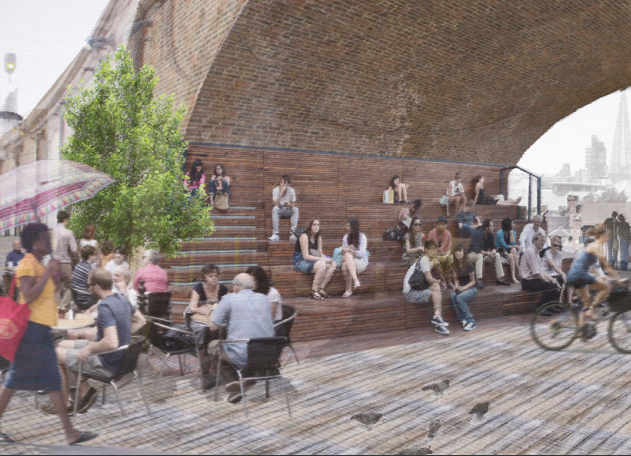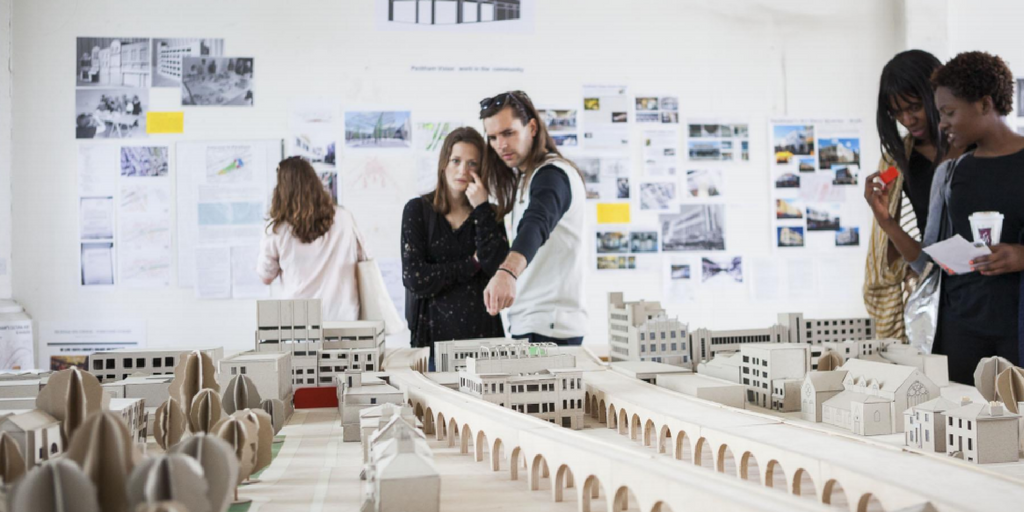Projects that are funded with public money, need to show that they will benefit the whole of their local community, not just a part of it. Thinking about the following questions may help you develop your idea into something that is genuinely inclusive.
- Who do you think needs your project?
- Who do you think will use your project? Who will benefit from your project?
- How do you want your community to feel about your project?
- Who would not be able to use or experience your project, and why?
- Who might feel that your project is ‘not for them’?
Welcoming everyone
Try to make sure that all kinds of people feel welcome. This will be affected by the kind of activities you offer; the kind of people who run the space; how it looks and feels; and how you will promote or advertise it.
Think about how you can make your space or project multi-functional. Can you add extra elements to your core mission, to make it even better? When your space isn’t being used for your main purpose, what else could it be used for?
Consider access for the elderly, the disabled, those with young children. This isn’t just physical access to your space or site – it is also the times of day you are open and how you let people know your project exists.
Focus on your impact
You want to make a change in your area – so how can you make sure you are succeeding?
- Write down the changes or impact that you want to have.
- Think about how you can measure if you are meeting these aims.
- Funders, backers and your community will want to know that you are focused on your mission and can prove you are making a difference. This can be through the feedback you get from users, as well as from statistics about what you do.
Case Study: Carnaval del Pueblo

Carnaval del Pueblo have been a cornerstone for the Latin American community in London for over 15 years, running hugely popular carnival events. However, the organisers realised that to ensure that the Latin community had an effective voice in local regeneration, they needed to reach beyond the community.
From 2013, Carnaval del Pueblo has approached its work more broadly, working with over 50 organisations in English, from other community groups to multinational companies operating in their area. This has led to much greater financial stability for their organisation, and better integration of their work with other regeneration programmes in their area. One example of a tangible result was that the housing association Peabody has given them 3 shopfronts in East Street that have been refurbished and transformed into a carnival cultural activity centre for creative industries and entrepreneurial hub.
— Lessons to learn:
- Reaching beyond your core community strengthens your voice in local affairs.
- Offering something to a broader range of people attracts more funding and support, and can lead to longer-term partnerships.
Talking to your community
It will make your project better if you tell your community about it, and get their feedback. Opening up to people will help you to get support, discover risks or drawbacks, test your business plan and help you see what outsiders think of your ideas.
It will also help you inform people about what you are planning so that they are not taken by surprise. Projects can have impacts on their neighbours – for example, noise or disruption due to building work, or parking problems due to a road closure – and if you can get your neighbours onside with your project from the start, they are less likely to complain.
You can talk to your community in a number of ways but, at some point, it is likely that you will want to hold an event, exhibition or drop-in meeting where anyone is invited to have their say.
Here are some tips for how to make this a success:
- Think about what time of day and what time in the week you hold your event. Are you excluding people who have young children, the elderly, people who work in different kinds of jobs, or who have religious commitments?
- You won’t be able to suit everyone, so try to find a way that people who can’t come, can still comment on your ideas. Leaflets, posters, a website or online survey, and social media can all be useful.
- How can you encourage people to attend? Can you offer something fun in exchange?
- Be clear and honest about your project. If it is still not funded or fully developed, say so, so that people know not to expect it to happen overnight.
- Be prepared for people to ask tough questions. Some people may be cautious about change. Make this feedback into positive learning, by asking how you could make the project work for them.
- Listen without interrupting. If someone has misunderstood, wait till they have finished, before correcting them in clear and simple language.
Case Study: Peckham Coal Line

Peckham Coal Line started as an idea from one person who thought that disused railway sidings could make a great new park for their area. To develop their idea and make it a community project, they talked to people in the area in many different ways.
They held tours of the site so that people could see the potential, meetings where people could say what they wanted to see happen in the park, exhibitions of design concepts for the community to comment, and had an active social media campaign and website. This process gained the project a lot of trust and support from the community, which led to a successful crowdfunding campaign to take the project to the next stage.
— Lessons to learn
- Talk to people in lots of different ways, to ensure you get diverse feedback.
- Be open to ideas coming from your community, that might be different to what you had initially considered.
For more considerations when planning your community project, download the Mayor of London’s Community Projects Handbook as part of Crowdfund London.


